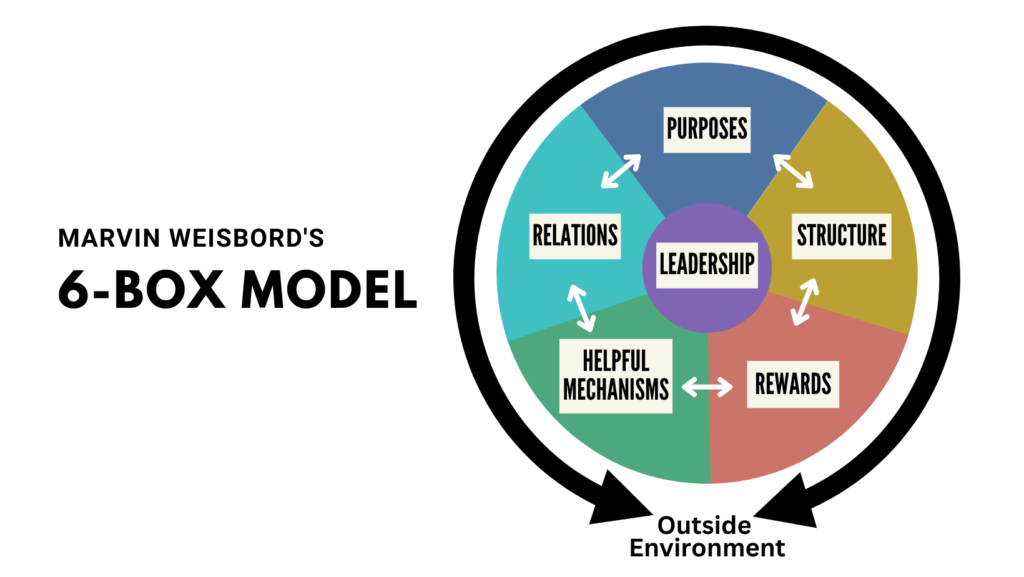
Program Goals
- Build Leadership capacity for building your organization’s desired service culture
- Equip employees with the necessary competencies to render excellent service.
- Establish a Customer-Oriented Culture for your organization
Achieving Service Excellence is a Culture Building Process
Service excellence is the fundamental outcome of a productive, successful organization and a motivated workforce. To achieve higher levels of service, people must be motivated to go that extra mile. They should embrace a service mindset and build lasting relationships with customers both internal and external. A service culture is one that has everyone in the organization aligned with the company’s service philosophies. Achieving organizational alignment however is not just a function of training; it is more than anything, a function of leadership. You can only achieve consistent customer service performance when leaders effectively and consistently send the message that customer service is important.

Marvin Weisbord Proposed that there are 6 factors to building a strong organizational culture. This proposed program borrows heavily from his model in designing the solution we offer.
For an organization to develop a successful and differentiating customer-centric organization, you will need an ongoing, strategically driven, and persistent effort that integrates learning seamlessly with service culture-building on the job. Practical solutions are built into the initiatives that emphasize not only what to do, how to do it, and more importantly why they must do it — from understanding customer needs to developing customer-focused solutions to recovering masterfully from service errors.
- Purpose – Strengthening an organization’s service culture starts with having a clear and compelling sense of purpose.
- Structure – Tony Sieh, former CEO of Zappos said that it takes an entire organization to serve the customers. This means that customer-centricity is embedded in all roles in all units of the company. It is, however, not enough that all departments are passionate about customer service, there is a need for cross-functional collaboration to ensure that all initiatives to improve service processes are coordinated and cooperation is strengthened
- Relationships – Relationships can make or break a strategy. At their best, strong relationships can expedite execution, unblock issues, ensure people are treated well, and strengthen a company’s culture. It is important to look at relationships as something that starts from within the organization and extends to the customers. Good internal relationships lead to better external customer experience.
- Rewards – What gets rewarded gets repeated. In order to strengthen the organization’s service culture, leaders must lead the celebration of wins. Recognition of aligned attitude and rewarding efforts that lead to positive customer experience strongly communicates the value of customer focus.
- Leadership – The Leadership box highlights the importance of a good, inspiring direction that helps employees respond well to all the other boxes.
- Helpful Mechanisms – Peter Drucker said that you can’t manage what you don’t measure. This highlights the importance of two factors in the strengthening of a culture; data and data-driven decisions on how to operate. By looking into the customers’ experiences, and recognizing how they assess each touchpoint, the organizational leaders can formulate ways to make each of those touchpoints positive for the customers.
We propose a holistic intervention aimed at equipping the organization’s leader-managers to facilitate the integration of all the boxes to level up the organization’s service culture. This proposed program is also designed to align with the strategies identified by St. Luke’s Management. It is important to note, however, that the courses are designed to kick off the service culture-building strategies by equipping the organizational members and preparing them for their customer-centric roles.
Proposed Framework/ Scope

We propose a holistic service culture-building strategy that aligns all organizational and individual actions with the company’s service philosophies as indicated in your organization’s statements of vision, mission, and core values. The service culture-building process has the following major components:
- Strategic Service Leadership Development – Managers play a very important role in ensuring that the organization can serve customers well. They put in place mechanisms to achieve customer happiness. They are responsible for seeing to it that all systems serve the customers, and that front liners are equipped and empowered to help customers at all touchpoints. Organizational leaders also manage to learn from customer experiences by looking into customer experience data and then making necessary adjustments in operating procedures to avoid service failures from happening or recurring. In order to carry out this role, managers must develop the needed competency at the strategic level; meaning that they are able to view customer service from a much broader perspective and act to develop strategies and policies for ensuring customer happiness, dealing with customer dissatisfaction and developing a system that allows people to learn from their experiences with the customers. This program allows them to look at their unit’s current service processes and identify initiatives that will help them meet and exceed customer expectations.
- Service Competency Development – As customer service is a company-wide business, there is a need to ensure that everyone shares the same service mindset. We propose a program that will allow members of the organization to appreciate their customer service role wherever they are in the organization. We also propose to equip them so that they can demonstrate some of the key behaviors that indicate competence in customer service. These include:
- Demonstrating ownership of the service responsibility by recommending and initiating service improvements.
- Empathizing with the customers and striving to build a positive working relationship with them.
- Showing a sense of urgency in serving the customers.
- Demonstrating flexibility in understanding the customers’ varying needs; and
- Exerting effort to recover from service failure using service recovery techniques.
Service Leadership: The Manager’s Role in Building a Customer-Centric Culture
“All cultures are local” – Fleming and Asplund, Human Sigma
Managers play a vital role in building an organization’s service culture. As an organization’s top leaders champion the development and enhancement of cultures, it is the managers who see to it (or not) that the company mission and values, including its service philosophies, are lived by. As managers focus their attention on the effectiveness and efficiency of the processes they manage, it is important to recognize that customer experience is of utmost importance and must be made an important performance success indicator.
ExeQserve consultants designed this course to help the organization’s leaders and managers recognize the interrelationship of all organizational variables such as purpose, structure, relationships, rewards, helpful mechanisms, and especially leadership in creating an integrated customer-centric system. It is important to recognize that as important as courtesy is, they need to ensure that all processes lead to a positive experience.
Methodology
To ensure the suitability of learning and application in the workplace, ExeQserve shall apply the following strategies:
- Customization of design in partnership with the project stakeholders
- Facilitation of highly interactive and output-oriented two-day workshop
- Use of role plays and simulation to ensure that participants are able to practice the skills being shared.
- Giving participants an opportunity to draft a service policy and guidelines prototype that they can later improve when they go back to the workplace.
- Submission of a detailed post-workshop report that contains the workshop outputs, our observations, and recommendations for follow-through.
- Monitoring and Evaluation that includes sitting down with the participants and discussing their experience after applying what they learned.
Objectives
- Describe the role of leaders in building and strengthening the organization’s service culture
- Use systems thinking approach to understand the variables that affect delivery of service and potential sources of customer happiness or dissatisfaction.
- Identify needed collaborations for managing the customer experience
- Agree on service philosophies and goals
- Establish desired service standards and metrics that lead to better internal and external customer experience.
- Identify monitoring and evaluation systems that lead to continual improvement of service processes
- Create an action plan to apply lessons in building an organizational or unit-level service culture
Service Excellence Workshop
According to one US research, high-performing organizations are highly customer-centered. Yet research also shows that customer satisfaction levels have been declining steadily. Most attempts to improve customer service are too narrow and superficial. They fail to focus the organization’s culture and core processes on serving customers. That’s why 50-70% of these programs consistently fail. This happens because many companies hinge their customer service effort on training front liners on how to be friendly with customers and nothing else. That’s why we see many customers nowadays being greeted loudly but insincerely by deadpan front liners who knew how to do it but are not properly motivated to do so. Add to the aggravation the friendly front liner who tells the customer that the service/product she requested is unavailable. It is as if they do not know that training is only useful if all other conditions for establishing a service culture are met.
The goal of this workshop is to equip the employees with a more in-depth understanding of the customers and their needs and tools they can use to meet and exceed customer expectations.
Course Objectives:
- Imbibe the philosophy of total customer satisfaction.
- Understand and accept the challenge that the best way to increase sales and profitability is to satisfy the customers with its products and services.
- Identify opportunities for service excellence.
- Shift one’s mindset and attitude towards a fully customer-oriented or focused individual.
- Analyze the process capability and eliminate snags in the process cycle.
- Obtain the skills in identifying customer’s requirements and expectations and understand their motivational needs.
- Learn effective methods of interfacing with customers and handling irate customers.
Call us to know more about this service



